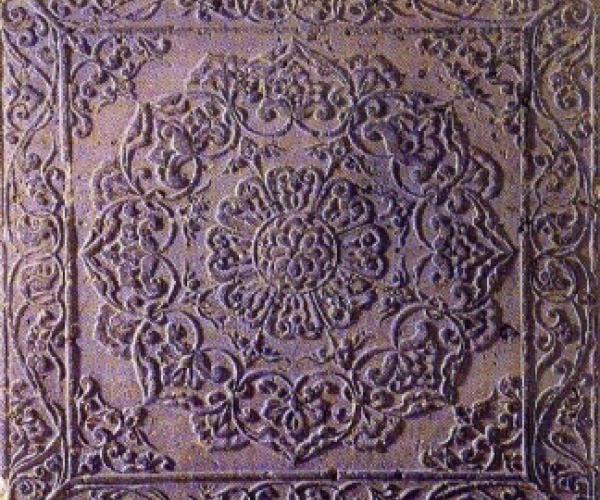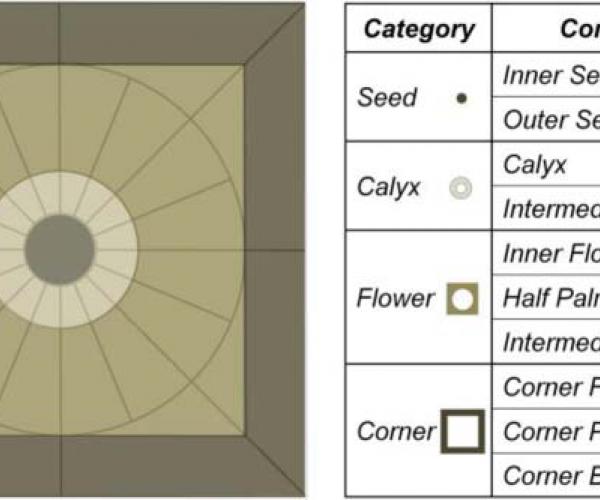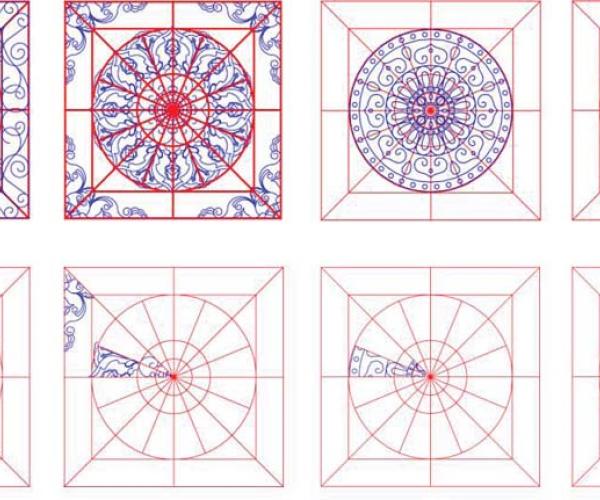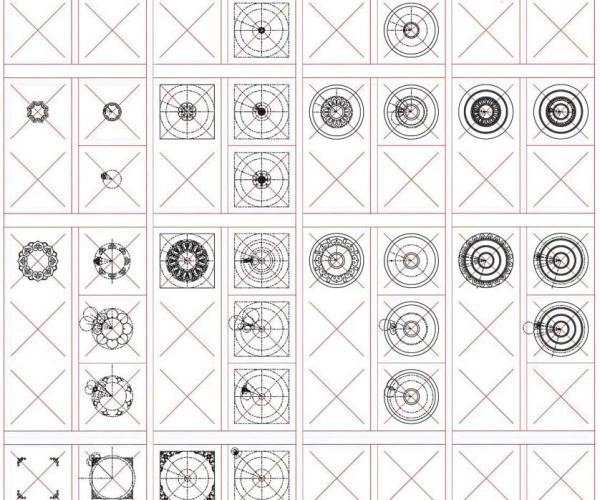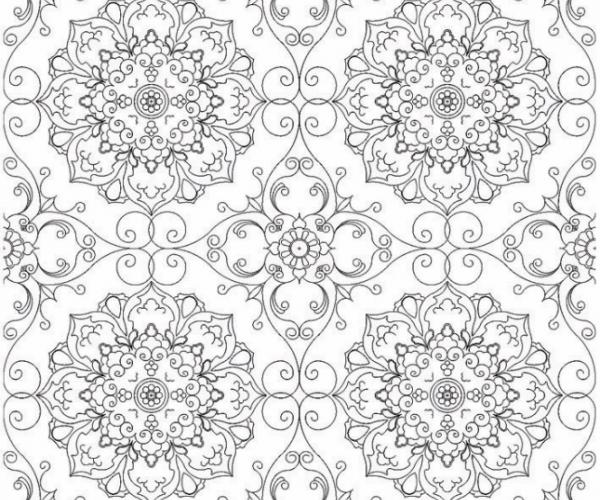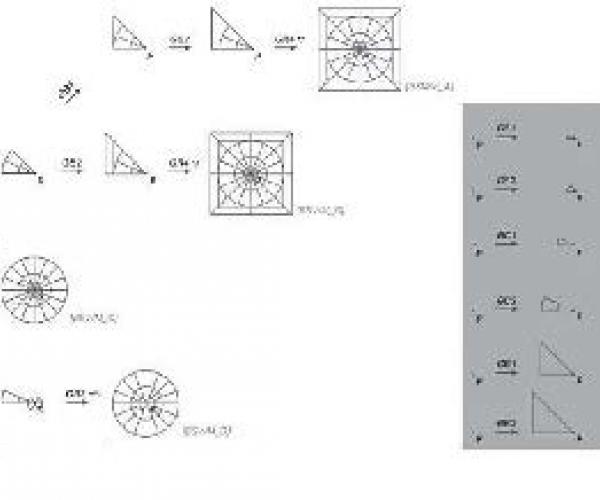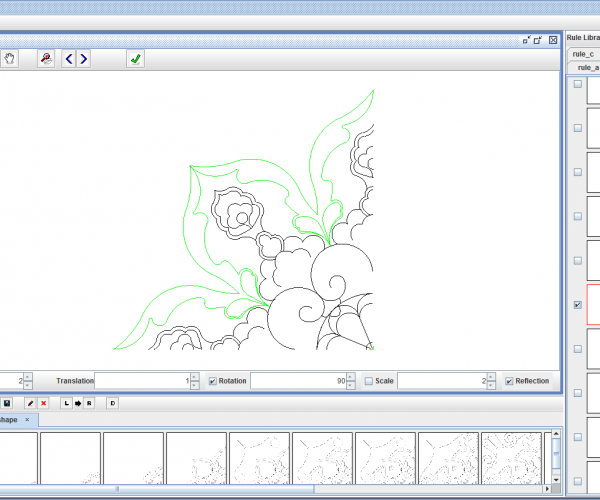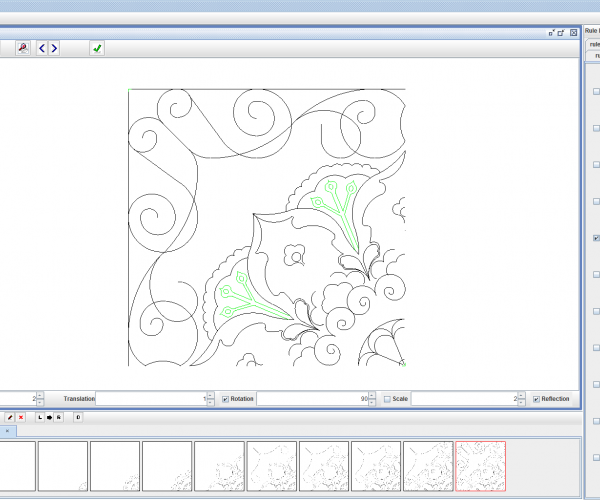A formal approach to the study of the evolution and commonality of patterns
The formal approach outlined in this paper uses symbolic memes as a framework for the hierarchical deconstruction of a cultural artefact, the traditional Korean pattern known as bosangwhamun, to describe the evolutionary development of such a pattern using shape grammar rules. The formal descriptions of this pattern are thus the basis for generating its variations, and the process is used to evaluate the validity of the rules and their appropriateness for the study of bosangwhamun.
DETAILS
- Ji-Hyun Lee, Hyoung-June Park, Sungwoo Lim, Sun-Joong Kim
- Completed
- KAIST & Design Future(s) Lab
DESCRIPTION
The structure of symbolic memes embedded in the pattern that we have proposed here has not been applied to shape grammar so far. The place holder for delivering the meta-contents provides the framework of hierarchical decomposition for the given pattern to analyze it using the process of shape grammar rules, to produce the variation of it and to compare it with other patterns. The possible number of variations generated by the given four BSWM patterns shown in section 5 is approximately 4,800 that allows signifi cant diversity to be considered. This suggests to us that our proposed structure is plausible enough for shape grammar to retain its generative power and significance. Features of the shape grammar can also help us to find and describe unique
cultural characteristics of Korean traditional patterns and to trace the hidden cultural identity from the shape and arrangement of the patterns.
Most Korean traditional patterns have been copied and transferred down the ages not by following instructions but more probably by visual mimicry, in a specialised apprenticeship without considering the instrumental pattern components, which establish (1) their identities, (2) the process of constructing the patterns, and (3) their practical application (Seo, 1975). Lacking any documentation, the construction process of many Korean traditional patterns died out or was distorted. Copying the cultural elements of a product formulaically introduces the possibility of errors of interpretation, which are often problematic to isolate and remove later in the process. In contrast to this, the shape grammar, a kind of copy-the-instruction method, treats cultural subjects algorithmically and pragmatically, serving as a powerful tool for capturing the ordering principles, which are the basic concept of style (Knight, 1994), and for constructing a systematic archive, with localised errors, which researchers can use to understand the subject.
The advantage of the structure of symbolic memes suggested in this paper is to categorize shapes by certain criteria, allowing an easier, more meaningful selection from unsorted infinite alternatives, generated by shape grammars. The approach can be elaborated and used to validate more BSWM samples to define the unique commonality of BSWM for future study, although it would need to offer some customizable or at least automatic classification of designs from the infinite alternatives generated using shape grammars. Once the structure is shown to be generalized in Korean floral patterns, we also intend to use the structure to compare these with the floral patterns of another culture to annotate the similarities and differences. We expect the results will provide interesting insights from comparing different cultures.
Our understanding of where we live
is not so philosophical but rather pragmatic
Understanding urban environment with quantifiable measures has been the source of debates
Well then becomes the one of heated discussions … now possiblly the one of main trends

